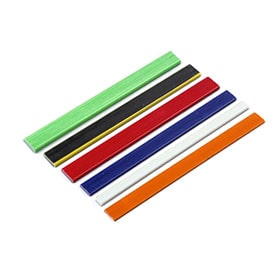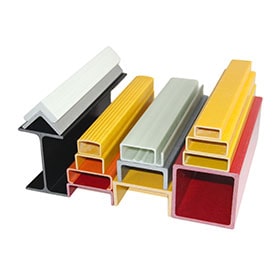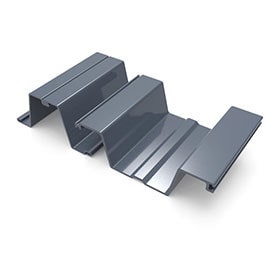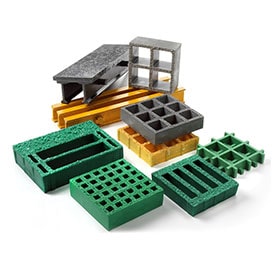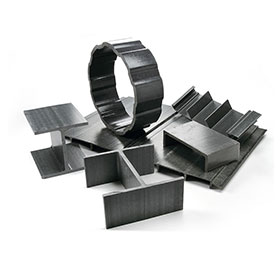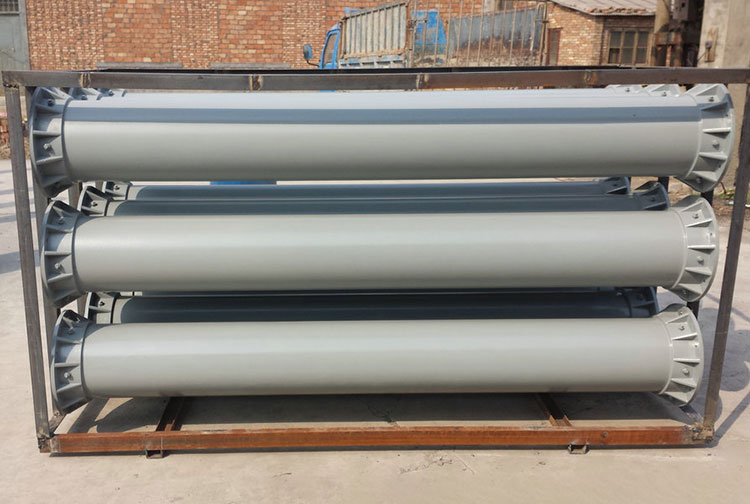
FRP-Insulating-Pillar
How FRP Insulating and Structural Components Are Transforming Electrical and Industrial Engineering
In the age of intelligent infrastructure and renewable power, the materials that form the backbone of our systems are evolving just as quickly as the technologies they support. One of the most significant transformations taking place across the electrical and industrial sectors is the replacement of traditional materials — such as porcelain, ceramics, and metal — with high-performance composites. Among these, Fiber Reinforced Plastic (FRP) and Glass Reinforced Plastic (GRP) have emerged as game-changing materials for electrical insulation and structural support.
In applications ranging from transformers and substations to large-scale industrial machinery, FRP insulating pillars, composite post insulators, FRP insulating tubes, and FRP support columns are redefining what reliability and safety mean in the modern era of engineering.
The Material Revolution: Why FRP Has Become the Preferred Choice
FRP combines the mechanical strength of glass fibers with the chemical and thermal resistance of polymer resins. This unique combination results in a composite material that is not only lightweight but also stronger and more resilient than many metals under long-term electrical and environmental stress. For decades, the industry relied heavily on porcelain or epoxy-based insulators; however, their limitations in weight, fragility, and moisture absorption have prompted engineers to look toward FRP.
The modern FRP insulating pillar or FRP insulating post can withstand high mechanical loads while maintaining superior dielectric performance. Whether installed in a power substation or within a high-voltage switchgear, these components deliver stable insulation and mechanical stability even in high humidity, pollution, and temperature extremes.
Engineering Excellence: Inside the Design of FRP Insulating Components
At the heart of every composite post insulator or FRP support column lies meticulous engineering. These components are manufactured through a process known as pultrusion, in which continuous glass fibers are drawn through a resin bath and heated die to form solid, dimensionally stable profiles. The resulting product—whether a FRP insulating tube, FRP bushing, or insulating structural component—is not only strong and electrically safe but also extremely consistent in quality.
Furthermore, FRP offers exceptional design flexibility. Complex geometries such as FRP insulating cylinders or reactor insulating pillars can be custom-manufactured to meet specific voltage ratings, mechanical loads, and installation conditions. Unlike traditional insulators that require heavy maintenance, FRP products are inherently resistant to UV degradation, chemical corrosion, and thermal shock.
Applications Across the Power and Industrial Landscape
FRP insulating and structural components are no longer confined to niche electrical applications—they are becoming the standard for multiple industries. In high-voltage power systems, composite post insulators and FRP insulating posts ensure stable operation and compact substation design. In transformers and reactors, FRP insulating tubes and reactor casings provide both mechanical protection and electrical insulation.
Beyond electrical use, FRP’s adaptability has extended into structural and mechanical engineering. Components like FRP support columns and fiberglass structural profiles are widely used in equipment frames, protective enclosures, and anti-corrosion structures. Their light weight and corrosion resistance make them ideal for coastal, chemical, and humid environments where steel and aluminum would fail prematurely.
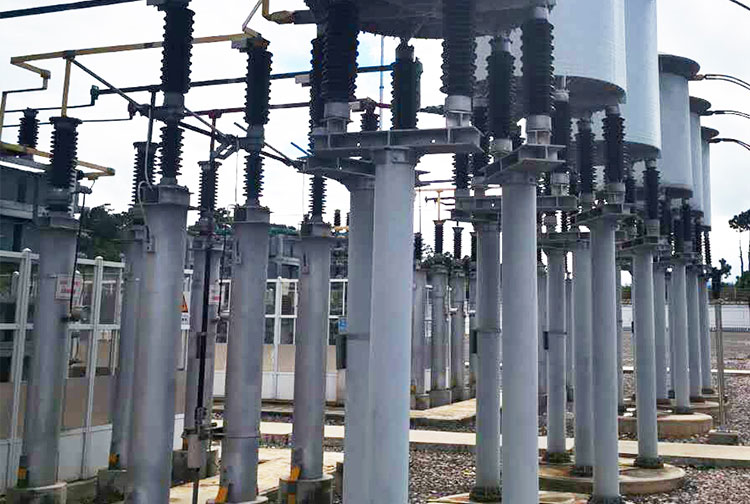
FRP Electrical Insulation
Comparative Strength: FRP vs. Traditional Materials
When evaluating performance, FRP’s advantages become apparent. It delivers:
- High dielectric strength: Reduces the risk of flashovers and electrical breakdowns.
- Excellent tensile and compressive strength: Suitable for mechanical supports and heavy-load structures.
- Corrosion resistance: Extends product lifespan in aggressive environments.
- Lightweight performance: Simplifies transport, installation, and maintenance.
- Customization potential: Tailored properties through resin and fiber optimization.
While metals may offer conductivity, and ceramics may resist heat, FRP provides the perfect balance—combining strength, insulation, and durability. Its consistent performance and low life-cycle cost have made it a preferred solution for next-generation electrical and industrial systems.
Sustainability and the Future of FRP
In an era increasingly defined by sustainability and green energy initiatives, FRP stands out as a forward-looking material. Its long service life reduces waste, while its adaptability aligns perfectly with renewable energy infrastructure such as wind, solar, and smart grids. The low thermal conductivity of FRP helps prevent heat transfer and energy loss, contributing to overall system efficiency.
As the global transition toward clean energy accelerates, the demand for FRP insulating components and composite structural materials will continue to grow. Industry experts predict that within the next decade, FRP-based components will dominate the insulation and support sectors across transmission, distribution, and industrial automation systems.
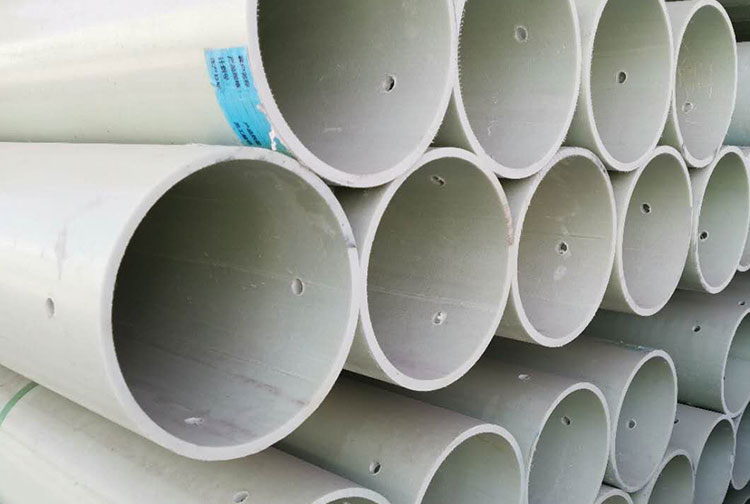
FRP Support Column
Zhongsheng FRP: Expertise in Composite Engineering
With years of expertise in pultrusion technology and composite design, Zhongsheng FRP specializes in manufacturing FRP insulating pillars, composite post insulators, FRP pultrusion moulds, and fiberglass structural profiles. Our products are used globally in electrical substations, transformer systems, and mechanical structures where safety, insulation, and strength are critical.
Each component undergoes rigorous quality control and mechanical testing to ensure compliance with international standards. From reactor insulating pillars to FRP insulating tubes, we provide tailor-made solutions to meet the precise needs of our customers in energy, construction, and heavy industry.
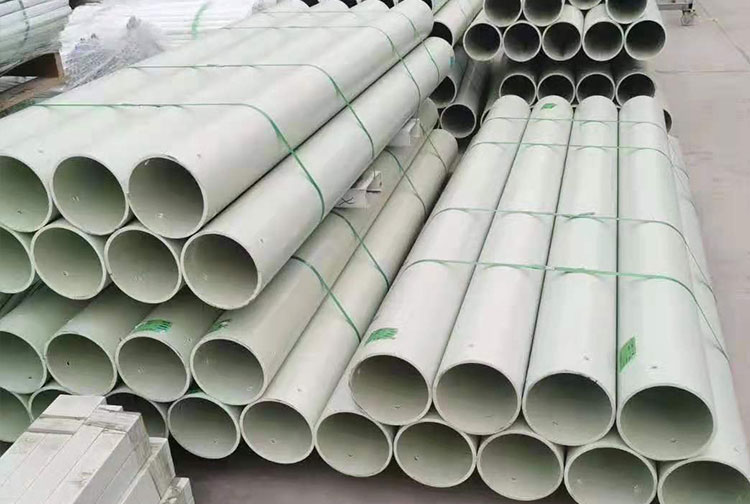
fiberglass-reinforced-plastic-tube-manufacturer
Conclusion
The rise of FRP is not merely a trend — it represents a fundamental shift in material science and industrial reliability. As global energy systems evolve, composite materials such as FRP and GRP will continue to drive innovation across electrical and mechanical applications. For manufacturers, engineers, and designers seeking a balance of performance, longevity, and sustainability, FRP remains the material of the future.
Contact Us
For high-performance FRP insulating components and customized composite structural solutions, contact Zhongsheng FRP today:
www.frpzs.com
Email: Jessica@frpzs.com
WhatsApp: +86 15303735673
 +86 15303735673
+86 15303735673 Jessica@frpzs.com
Jessica@frpzs.com
 Technical Data
Technical Data




